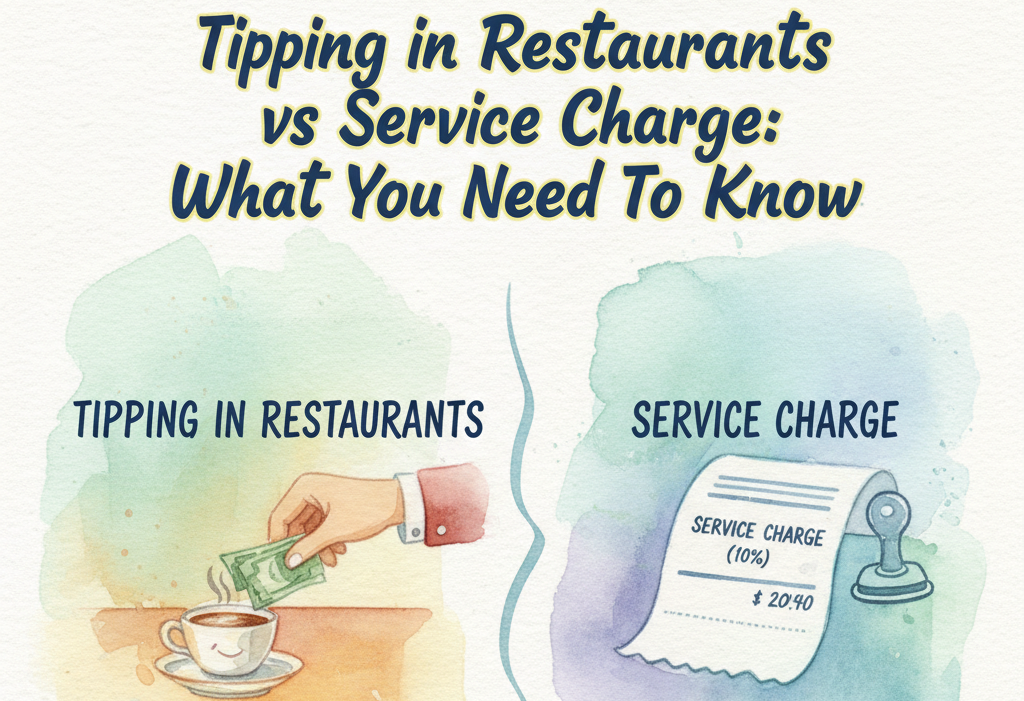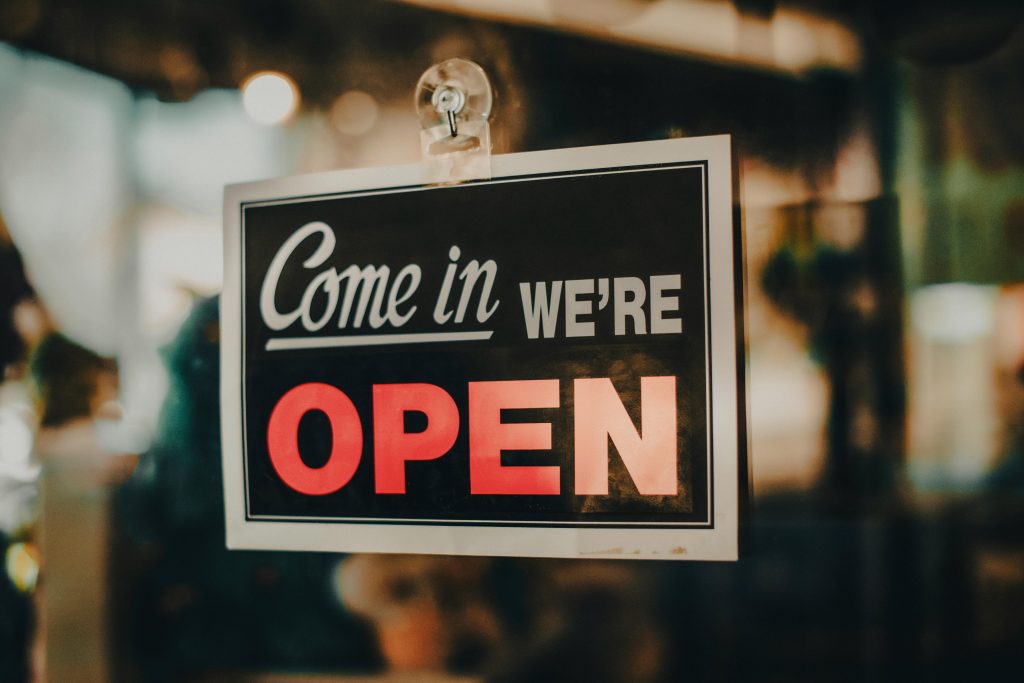As a restaurant owner, you know that attracting customers in a competitive market can be a challenge. In the digital age, partnering with food influencers can be the key to enhancing your restaurant’s visibility and reputation. In this comprehensive guide, we’ll provide you with a step-by-step approach to launching and managing a successful influencer marketing program tailored to your restaurant.
Step 1: Define Your Restaurant’s Marketing Goals
Start by clearly defining your marketing objectives. Are you looking to increase foot traffic, promote a new menu item, or raise brand awareness? Identifying your goals is the foundation of your influencer marketing strategy.
For example,
- If you’re looking to increase foot traffic, you might set a goal like “Increase weekday dinner reservations by 20% within the next three months.” This specific goal provides a clear target for your influencer marketing campaign.
- Or, if your goal is to promote a new menu item, you might aim to “Sell 500 units of our new signature dish, ‘Savory Delight,’ in the first month of its launch through influencer marketing.”
Step 2: Understand Your Target Audience
Understanding your restaurant’s target audience is essential. Define their demographics, interests, and preferences. This information will help you select influencers whose followers align with your customer base.
- Suppose your restaurant’s target audience is health-conscious individuals. Your influencer of choice might be Sarah, a local wellness influencer with followers who are passionate about organic and nutritious dining, Or,
- If the target audience consists of families looking for a kid-friendly dining experience. In this case, you’d partner with Emma, a family-focused influencer, whose followers are parents seeking family-friendly restaurant options.
Step 3: Research and Select Influencers
Research influencers in the food and dining niche. Consider factors such as follower count, engagement rates, content quality, and alignment with your restaurant’s brand. Create a shortlist of influencers who resonate with your restaurant’s identity.
A few parameters you can look for while selecting the right influencer-
- Follower Count: While the number of followers is essential, it’s not the only factor. Consider micro-influencers (those with a smaller, but highly engaged, following) if they have a strong connection to your target audience.
- Engagement Rate: A high follower count is less valuable if those followers aren’t engaged. Check the influencer’s likes, comments, and shares relative to their follower count. An influencer with 10,000 followers and high engagement may be more effective than one with 100,000 followers and low engagement.
- Content Quality: Review the influencer’s content. It should be visually appealing, well-composed, and align with the aesthetic and branding of your restaurant.
Let’s say you’ve researched local food influencers and found Alex, who boasts a substantial following of young urban professionals. His engaging content and frequent restaurant collaborations make him an ideal choice for your campaign.
Step 4: Initiate Contact and Gather Details
Reach out to the selected influencers via direct messages or email. During your communication, ask for important details:
– Know Their Audience: Inquire about their followers’ age, location, and interests.
– Past collaborations: Learn about their previous work with restaurants and review the outcomes.
– Content style: Discuss their content style and its compatibility with your restaurant’s branding.
– Engagement metrics: Request information on engagement metrics, such as likes, comments, and shares, to assess the authenticity of their followers.
– Pricing structure: Understand their pricing structure, which can vary based on factors like the number of posts and content format.
– Terms and conditions: Clarify their terms and conditions, including exclusivity, usage rights, and disclosure requirements.
When reaching out to Alex, you discover that his followers are predominantly aged 25-34, primarily located in the city, and have a strong interest in trying new dining experiences. You also learn about his successful partnerships with other restaurants, ensuring he understands the restaurant industry’s dynamics.
Step 5: Negotiate Terms and Compensation
Collaborate with the influencer to define the terms and compensation structure. Discuss:
– Compensation: Determine the payment or compensation structure, whether it’s a flat fee, per-post rate, complimentary meals, or a combination.
– Content creation expectations: Specify the number of posts, content formats, and key messaging points that align with your campaign objectives.
– Exclusivity arrangements: Decide if exclusivity is required during the campaign, preventing the influencer from working with competitors.
– Usage rights: Define usage rights for the content, including ownership and usage by your restaurant.
– Disclosure and transparency: Ensure the influencer is aware of and agrees to comply with disclosure regulations regarding paid partnerships.
In discussions with Alex, you agreed on a compensation structure that includes a flat fee for two Instagram posts and one Instagram story. This transparent arrangement ensures you both understand the expectations.
Step 6: Formalize the Agreement
Consider creating a formal agreement or contract to formalize the partnership. The agreement should include:
– Compensation details, including payment schedule.
– Content creation and posting schedule.
– Usage rights and content ownership.
– Disclosure and compliance with relevant laws.
– Performance metrics and reporting requirements.
– Any exclusivity arrangements during the campaign.
To formalize the partnership, you create an agreement that outlines the payment schedule, the requirement for two Instagram posts and one Instagram story, usage rights, and the need for clear disclosure of the partnership in line with relevant laws.
Step 7: Monitor Performance Metrics and Reporting
Identify key performance metrics that will be tracked during the campaign. Determine how and when performance data will be shared with your restaurant. Metrics may include social media engagement, website visits, reservations, or ROI.
Throughout the campaign, you closely track key metrics. Let’s say you notice a 15% increase in website visits and a 10% growth in reservations. This data allows you to gauge the campaign’s success and make data-driven decisions.
Step 8: Maintain Open Communication
Stay in regular communication with the influencer throughout the campaign. Ensure that they understand your restaurant’s style and guidelines. Collaboration and feedback are essential for a successful partnership.
Influencer compensation may vary based on follower count, engagement rate, content quality, and the complexity of the campaign. Discuss terms that align with your goals and budget.
Throughout the campaign, you maintain regular communication with Alex. You provide feedback on the content and share any new menu items or promotions to ensure a collaborative and effective partnership.
By following these steps, you can forge effective partnerships with influencers and run an influencer marketing program tailored to your restaurant. Remember, authenticity and alignment with your brand values are essential. A well-executed influencer marketing campaign can elevate your restaurant’s online presence, engage a broader audience, and enhance your brand’s reputation.




